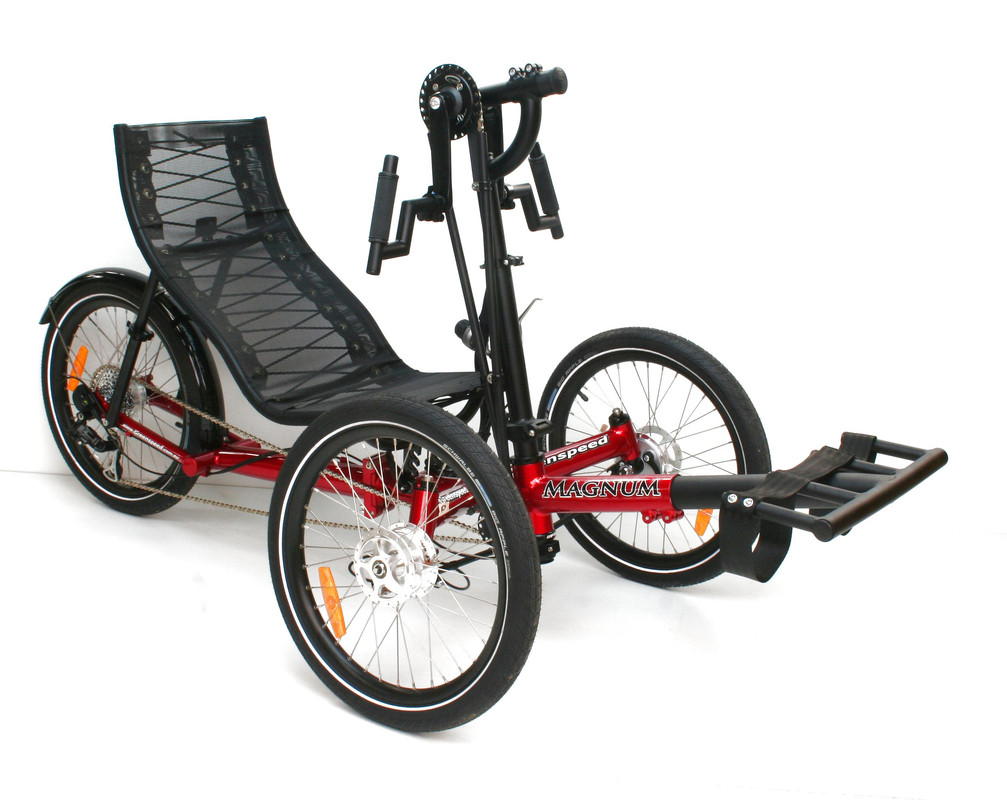22mm x 16g steel tube
22mm x 16g steel tube
- This topic has 20 replies, 12 voices, and was last updated 6 July 2018 at 08:26 by
 Michael Gilligan.
Michael Gilligan.
Viewing 21 posts - 1 through 21 (of 21 total)
Viewing 21 posts - 1 through 21 (of 21 total)
- Please log in to reply to this topic. Registering is free and easy using the links on the menu at the top of this page.
Latest Replies
Viewing 25 topics - 1 through 25 (of 25 total)
-
- Topic
- Voices
- Last Post
Viewing 25 topics - 1 through 25 (of 25 total)
Latest Issues
Newsletter Sign-up
Latest Replies







